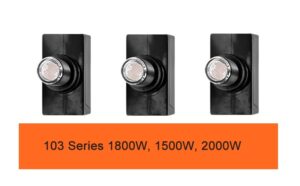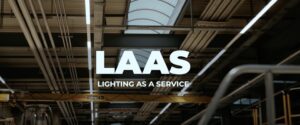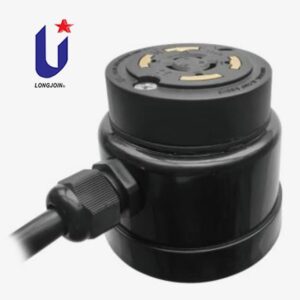Can JL‑206C Photocontrol Be Customized to 70 Lux On, 35 Lux Off? Understanding Tolerance, Limits, and Ratios
Introduce
In outdoor lighting projects, one question comes up a lot: “Can our photocell switch be customised precisely to 70 Lux on, and 35 Lux off?” Many standard light sensor photocell switches arrive pre‑set to much lower or higher thresholds, but when you encounter a project that demands reverse control or non‑standard thresholds, things get tricky.
The good news: with our model JL‑206C you can adjust to those thresholds — provided you respect its tolerance, limits and ratio constraints. This article explains why those parameters matter, how we engineer them and what you should ask from your manufacturers photocell for street light solution.
Why Does Standard Outdoor Photocell Control Struggle With Reverse or Non-Standard Thresholds?
When you work on a street-lighting or smart-city project, you’ll see a common setup. Most photocell sensors turn lights on at low light, around 10–30 lux, and turn them off at much higher levels, about 160–966 lux, to handle dusk-to-dawn control.
Why not just set them to turn on at 70 lux? Then turn off at 35 lux—a reverse setup—and call it a day.
The challenge lies in three interconnected factors:
- Ambient light variability: Weather and surroundings can change light reaching the photocell. Clouds, trees, reflections, and nearby lights make it vary. That means sensors calibrated too tightly may mis‑trigger.
- Tolerance of the photocell sensor: Every manufacturing run has variation. If a device nominally turns at 70 Lux, it might actually turn at 56‑84 Lux if tolerance is ±20%. Without accounting for that, control becomes unreliable.
- Ratio between on‑threshold and off‑threshold: To avoid flicker or rapid cycling (lights on/off in short succession as ambient changes slightly), the ratio between turn‑on and turn‑off must be adequate — typically 1.5× or greater. In a case of 70 Lux on / 35 Lux off you have 2× which is acceptable; but many standard devices have smaller ratios which causes instability.
Bottom line: if you simply pick “set on at 70 Lux, off at 35 Lux” without validating the device’s tolerance and ratio behaviour, you risk erratic switching, increased wear, energy waste and user complaints.
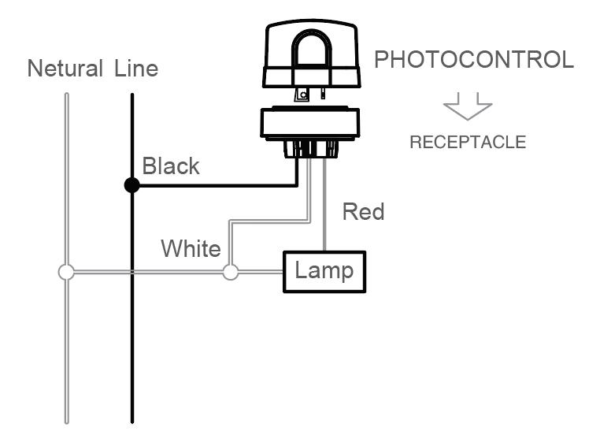

What Environmental or Manufacturing Variables Should You Consider When Setting 70/35 Lux Thresholds?
When you push a photocell lighting control system into a customized threshold (especially reverse control), you must recognise the following influences:
Environmental Variables
- Nearby ambient lighting: Light from streetlights, building facades, car headlights, and reflective surfaces can lift ambient light near the sensor. It shuts off late or fails to turn on.
- Tree cover or building shadows: Sensors may detect less light than ambient, causing mis‑triggering.
- Weather and seasonal variation: Cloud cover, fog, rain can drop ambient lux suddenly; also sunrise/sunset angle changes across seasons influence threshold timing.
- Sensor mounting orientation: If the photocell is facing a bright streetlamp or window, it may mis‑read light levels.
Manufacturing & Product Variables
- Sensor accuracy & drift: Over time, the photocell can drift slightly. Heat cycles, UV light, or moisture inside may often cause this.
- Tolerance spread: Even high‑quality devices have ±‑% tolerances. If the user expects exactly 70 Lux on but device might turn in 56‑84 Lux range, you must understand this.
- Construction specs: IP rating (water/dust resistance), voltage range, durability of sensor lens and housing matter for outdoor reliability. For example some outdoor light sensor switchesemphasise IP65/67 ratings.
Because of these variables, dialing in 70/35 Lux isn’t just a spec-sheet change — it’s a system decision that needs good engineering judgment and quality assurance.
How Do You Specify the 70 Lux On / 35 Lux Off Configuration for Outdoor Lighting?
When you’re working with lighting‑control integrators, street‑lighting manufacturers, or smart city teams, here’s a structured way to specify your requirement for the JL‑206C or equivalent customizable photocell:
- Define threshold targets: On = 70 Lux; Off = 35 Lux (reverse control scenario)
- Specify tolerance bound: ±20% tolerance at commissioning (i.e., expect on between 56‑84 Lux, off between 28‑42 Lux)
- State ratio requirement: On threshold at least 1.5× off threshold; here we have 2× (70/35)
- Define environmental mounting conditions: Mention expected ambient light interference (near‐streetlamps, reflections), sensor orientation, height above ground.
- Specify certification and specs: Make sure the photocellmeets standards like ANSI C136.10 and UL773. It must support 120–277 VAC and carry an outdoor IP rating.
- Commissioning & testing protocol: After you install it, check the real turn-on and turn-off light levels with a good meter. If they are off, adjust them. Include data logging for first few days of dusk and dawn to confirm thresholds hold up across conditions.
This approach keeps your spec clear, actionable, and grounded in the realities of manufacturing and field deployment.
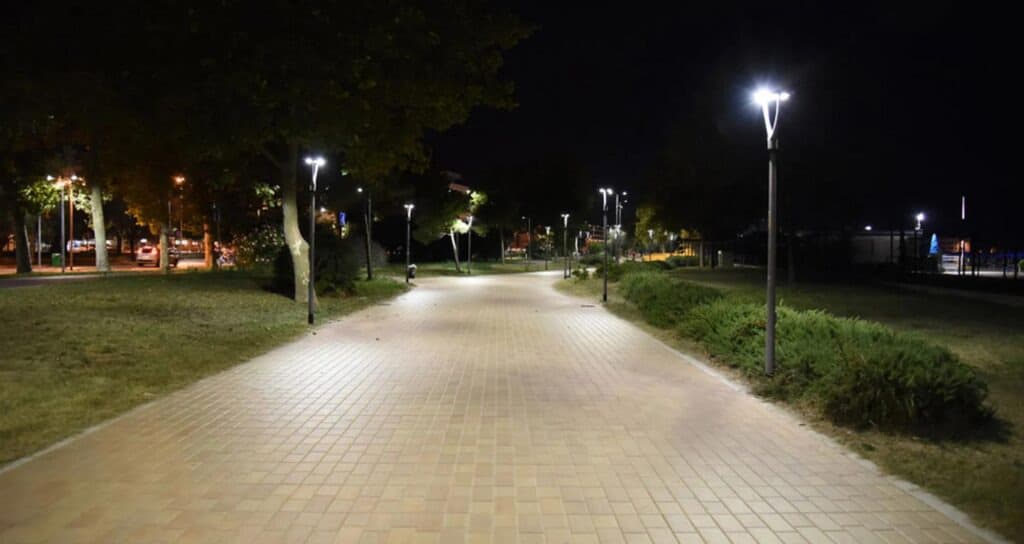
What Benefits Does a 70/35 Lux Photocell Control Bring to Outdoor Lighting?
Customizing the photocell to such thresholds delivers a number of concrete benefits — particularly relevant for street lighting, parking lots, smart‑city lighting deployments or heritage outdoor installations.
Energy savings and operational efficiency
Set the lights to turn on when ambient light drops to about 70 Lux, not lower. Have them switch off once it climbs past about 35 Lux. This skips needless lighting at dusk and dawn and cuts energy waste.
Improved lifespan and reduced maintenance
Each switching event contributes to wear (especially if lamps are switching frequently due to fluctuating ambient thresholds). A stable ratio (2×) and appropriately set thresholds reduce cycling frequency, which extends the life of both lamps and control devices.
Enhanced safety and visibility control
In public spaces, parking lots, or street lighting, you gain better control over when illumination actually begins. Setting at 70 Lux ensures that lights activate not at first dusk‑moment but at the point when ambient has truly fallen to the required level. Setting off at 35 Lux ensures lights remain off when ambient is sufficient. That ensures your system balances visibility with efficiency.
Smart‑city compatibility
Custom thresholds integrate nicely with smart‑lighting networks (e.g., remote control, IoT). The example JL‑206C supports enhanced integration (e.g., remote monitoring) so that operators can view actual switching events, ambient lux logs and refine settings over time. This aligns with future‑proof lighting control systems.
When Should a Team Specify 70 Lux On / 35 Lux Off Instead of a Standard Setting?
Here are scenarios where custom thresholds make sense:
- Reverse control requirement: Where lights are expected to turn on at higher ambient levels (e.g., 70 Lux) rather than waiting for very low light—perhaps because the environment is high glare, near reflective surfaces or initial dusk is insufficient for safe visibility.
- Heritage or special area lighting: In plazas or pedestrian zones where ambient lighting requires a higher baseline before illumination is triggered.
- Smart‑city or remote‑monitoring system: Where the client wants greater granularity of control, threshold logs, and adaptation to environmental patterns.
- Geographical/seasonal variance: In high‑latitude areas or near dusk/dawn zones where twilight is prolonged, requiring a higher turn‑on threshold to maintain consistent illumination.
- Integrated with IoT/dimming systems: Where turning lights on/off at unusual thresholds is part of a broader strategy (e.g., dimming, daylight harvesting, dynamic light‑scenes).
Selecting a standard threshold might suffice for many applications, but when any of the above apply, specifying a custom threshold like 70/35 Lux offers real value.
How Does This Tie Into Our Broader Services and the Role of JL-206C in Your Lighting-Control Architecture?
At Long‑Join, we aim to offer photocontrol solutions that integrate seamlessly into your outdoor lighting control architecture. You can explore our full portfolio at our photocell product page and view related lighting‑integration solutions at our smart lighting solutions section.
By choosing the JL‑206C with custom threshold capability you receive:
- Versatility to meet bespoke project demands (e.g., 70 Lux on / 35 Lux off)
- Rigorous tolerance and ratio engineering to ensure real‑world reliability
- Compatibility with standard street‑lighting socketsand control systems (including twist‑lock receptacles, NEMA 7‑pin, Zhaga sockets)
- Future‑ready architecture that supports remote monitoring and IoT integration.
Our goal is to help you—whether you’re a lighting-design consultant, a municipal lighting manager, or a street-lighting manufacturer—deploy outdoor lighting control with confidence, precision, and efficiency.
Conclusion
Customizing a photocell control device to specific thresholds like 70 Lux on and 35 Lux off is entirely feasible — provided you understand the interplay of tolerance, limits and ratio, and properly specify the device and environment.
With the JL‑206C you gain that customization while retaining robust performance. When well‑specified and well‑installed, this kind of control enhances energy efficiency, extends equipment life and supports smarter outdoor lighting systems.
External Links:
●https://www.techtarget.com/iotagenda/definition/Internet-of-Things-IoT
●https://www.zhagastandard.org/index.php?option=com_content&view=article&id=340:zhaga-enables-iot-upgradeable-outdoor-led-lighting-fixtures&catid=22


